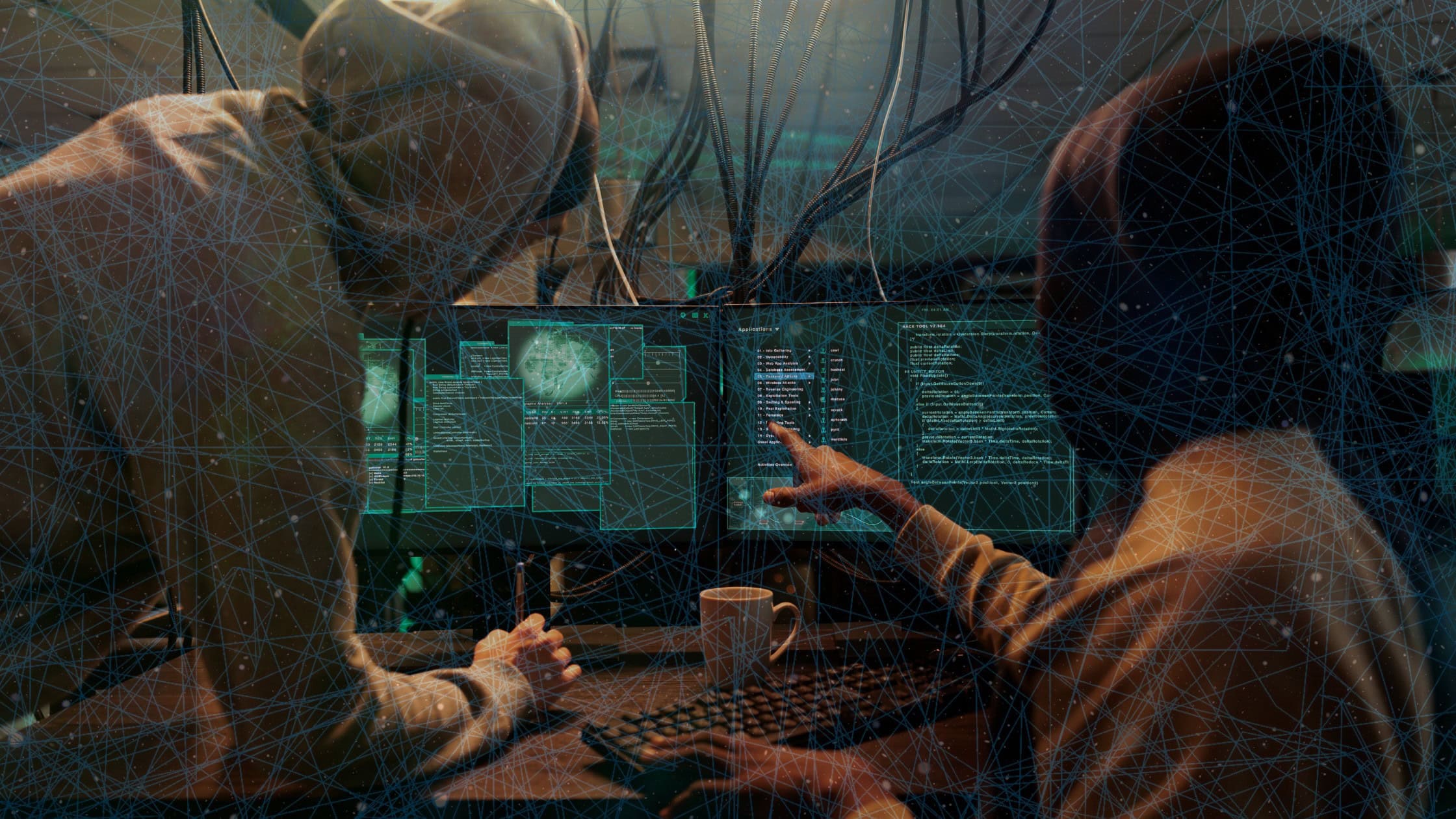TechJuice
1M
385

Image Credit: TechJuice
What is Dark Web And How You Can Safely Access It in 2025
- The dark web serves as a hub for both illicit activities and essential functions like privacy and free expression.
- It is important to prioritize safe navigation due to the anonymity that motivates cybercriminals on the dark web.
- The internet is divided into the surface web, deep web, and dark web, with the latter accessible only via specialized networks like Tor or I2P.
- Tools like Tor Browser, Tails, and Whonix are essential for safe access to the dark web, ensuring anonymity and security.
- Security measures like maintaining system security, avoiding P2P protocols, and dark web monitoring are crucial to protect against evolving threats.
- 2025 dark web trends include AI-driven cyberattacks, disinformation services, state-sponsored cyber activities, and ransomware incidents.
- To explore the legitimate resources on the dark web responsibly, users need to understand its structure, use secure tools, and stay informed about emerging threats.
- Safe access to the dark web involves installing Tor Browser, adjusting security settings, verifying anonymity, and protecting against threats like phishing and malware.
- It is essential to follow cybersecurity best practices, educate employees, implement strong infrastructure, and have incident response plans to mitigate risks on the dark web.
- Individual precautions like using strong passwords, monitoring the dark web for compromised data, and being aware of AI-driven threats are crucial for safe dark web exploration in 2025.
Read Full Article
23 Likes
For uninterrupted reading, download the app